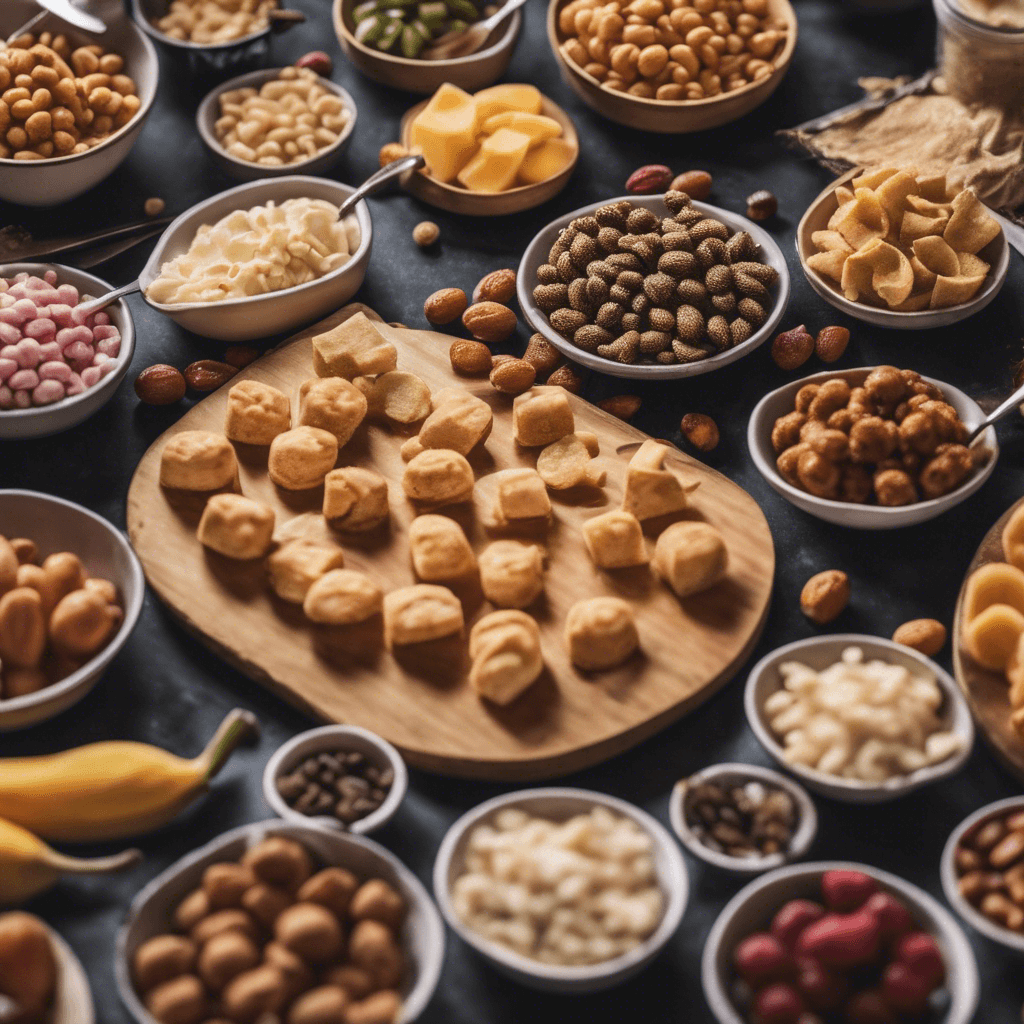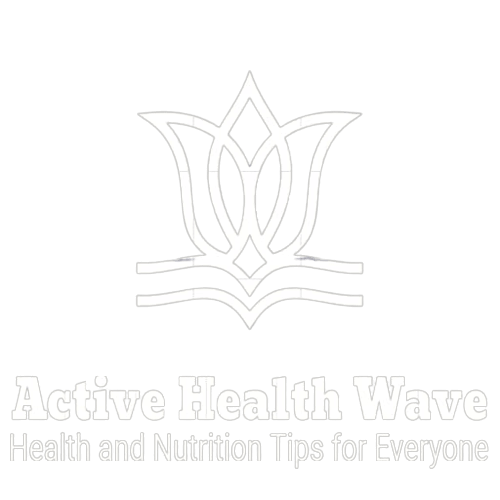Do you want to lose weight without feeling deprived? Low calorie filling foods help you shed pounds and keep you feeling full and satisfied-Watch Video-
Why Low Calorie Filling Foods Are the Key to Successful Weight Loss
Are you tired of counting calories and constantly feeling hungry? Do you want to lose weight without feeling deprived? Well, look no further. The secret to successful weight loss lies in incorporating low calorie foods that are filling into your daily diet. These low calory foods not only help you shed those extra pounds but also keep you feeling full and satisfied. So, let’s dive into the world of low calorie filling foods and discover how they can revolutionize your weight loss journey.
The Consequences of a High-Calorie Diet
A high-calorie diet can have detrimental effects on your health and make weight loss seem like an insurmountable task. Consuming calorie-dense foods that lack essential nutrients can lead to weight gain, increased risk of chronic diseases, and low energy levels. Additionally, these foods often leave you feeling unsatisfied, leading to overeating and poor food choices.
However, by incorporating low calorie filling foods into your diet, you can address these consequences head-on and set yourself up for success on your weight loss journey.
The Advantages of Low Calorie Filling Foods
Low calorie filling foods offer a multitude of advantages that extend far beyond simply aiding in weight loss. Let’s delve deeper into these benefits and explore why incorporating these nutrient-rich options into your diet can lead to improved health and overall well-being.
Weight Loss: The cornerstone benefit of low calorie filling foods is their remarkable ability to facilitate weight loss. These foods, often brimming with fiber, work wonders in curbing hunger pangs and reducing overall calorie intake. By opting for low calorie options over their calorie-dense counterparts, you create a calorie deficit, which is fundamental for shedding excess pounds. Furthermore, the high fiber content in these foods slows down digestion, prolonging the feeling of fullness and preventing overeating—a pivotal factor in achieving sustainable weight loss.
Sustained Energy: Unlike high-calorie, processed foods that lead to energy crashes and midday slumps, low calorie filling foods provide a consistent and sustained source of energy throughout the day. By opting for nutrient-dense options like fruits, vegetables, and whole grains, you fuel your body with complex carbohydrates, vitamins, and minerals that release energy steadily over time. This steady energy supply keeps you feeling alert, focused, and motivated, making it easier to stick to your weight loss goals without succumbing to fatigue-induced cravings.
Nutrient Density: Low calorie filling foods are not only low in calories but also packed with essential nutrients that are vital for overall health and well-being. From vitamin-rich leafy greens to antioxidant-packed berries and mineral-laden legumes, these foods are nutritional powerhouses that nourish your body from the inside out. By incorporating a variety of low calorie filling options into your diet, you ensure that your body receives the necessary vitamins, minerals, and antioxidants it needs to thrive, promoting optimal health and vitality.
Improved Digestion: Many low calorie filling foods boast high fiber content—a crucial component for maintaining a healthy digestive system. Fiber adds bulk to your diet, promoting regular bowel movements and preventing constipation. Additionally, fiber acts as a prebiotic, fueling the growth of beneficial gut bacteria that contribute to optimal digestive health. By incorporating fiber-rich foods such as fruits, vegetables, whole grains, and legumes into your diet, you support proper digestion and ensure that your body efficiently absorbs nutrients from the foods you consume, enhancing overall nutrient utilization and absorption.
In essence, the advantages of low calorie filling foods extend far beyond weight loss—they encompass sustained energy, nutrient density, and improved digestion, all of which are essential for achieving and maintaining optimal health. By embracing these nutrient-rich options and making them a cornerstone of your dietary habits, you embark on a journey towards enhanced well-being, vitality, and longevity.
Who Should Incorporate Low Calorie Filling Foods?
Low calorie filling foods are suitable for anyone looking to lose weight, improve their overall health, or simply maintain a balanced diet. Whether you’re following a specific weight loss plan or just hoping to make healthier choices, incorporating these foods into your daily meals can have a significant impact on your well-being.
If you often find yourself feeling hungry shortly after eating, incorporating low calorie filling foods can help keep hunger at bay and prevent mindless snacking. These foods provide volume to your meals without adding excessive calories, allowing you to feel satisfied for longer periods.
Furthermore, if you’re looking to improve your fitness performance or enhance your endurance levels, low calorie filling foods can fuel your workouts and support muscle recovery. The nutrient density of these foods ensures that your body receives the necessary fuel to perform at its best.
How to Incorporate Low Calorie Filling Foods into Your Diet
In today’s world, where convenience often trumps nutrition, incorporating low-calorie filling foods into your diet can be a transformative step towards better health and weight management. Here’s a comprehensive guide on how to seamlessly integrate these nutrient-packed options into your daily meals:
- Start with Vegetables: The vibrant world of vegetables offers a plethora of options that are not only low in calories but also rich in essential nutrients and fiber. Embrace the rainbow by including an array of colorful veggies like crunchy bell peppers, leafy greens such as spinach and kale, versatile broccoli, and the satisfying sweetness of carrots. Whether raw, steamed, roasted, or stir-fried, vegetables can add depth, flavor, and texture to any dish while keeping the calorie count in check.
- Choose Lean Protein: Protein is the cornerstone of a satisfying meal, and opting for lean sources ensures you get the most bang for your buck in terms of nutrition without excess calories. Incorporate lean protein options like skinless chicken breast, flaky fish varieties like salmon or tilapia, plant-based alternatives such as tofu or tempeh, and legumes like beans and lentils into your meals. Not only do these protein sources promote feelings of fullness, but they also support muscle growth and repair, crucial for overall health and vitality.
- Opt for Whole Grains: Ditch the refined grains and embrace the wholesomeness of whole grains to keep you feeling satiated and energized throughout the day. Swap out white rice for nutrient-rich alternatives like quinoa or brown rice, and trade in processed bread for hearty slices of whole wheat bread or other whole grain options. Whole grains are packed with fiber, which aids digestion and helps regulate blood sugar levels, making them a wise choice for those seeking sustainable energy and long-lasting satiety.
- Snack on Fruits: When cravings strike, turn to nature’s candy—fresh fruits—to satisfy your sweet tooth while nourishing your body with essential vitamins, minerals, and fiber. From succulent berries bursting with antioxidants to juicy slices of tropical fruits like mango and pineapple, the options are endless. Keep a variety of fruits readily available for convenient snacking throughout the day, whether it’s a crisp apple on-the-go or a refreshing fruit salad for a mid-afternoon pick-me-up.
- Stay Hydrated: Water is often overlooked but plays a crucial role in maintaining overall health and supporting weight loss efforts. Not only does adequate hydration keep you feeling full and satisfied, but it also helps flush out toxins, improves digestion, and boosts metabolism. Make it a habit to carry a reusable water bottle with you wherever you go, and aim to sip on water regularly throughout the day. Additionally, incorporating hydrating foods like cucumber, watermelon, and celery into your meals can contribute to your overall fluid intake.
By adopting these simple yet effective strategies, you can effortlessly incorporate low-calorie filling foods into your diet and reap the myriad benefits they offer. From enhanced weight loss and improved energy levels to better digestion and overall well-being, the power of nutrient-dense foods is undeniable. So, take the first step towards a healthier lifestyle today by embracing the abundance of low-calorie filling foods and nourishing your body from the inside out.
To wrap it up, low calorie filling foods are a game-changer when it comes to weight loss and overall health. By choosing these foods over their high-calorie counterparts, you’ll not only shed those unwanted pounds but also improve your energy levels, digestion, and overall well-being. So, start incorporating low calorie filling foods into your diet today and witness the incredible difference they can make!













